Low Metallic Brake Pads
Low metallic brake pads, sometimes referred to as semi-metallic or non-asbestos organic (NAO) brake pads, are a type of disc brake pad that contains less metal than traditional pads.
Brake pads work by clamping onto a spinning disc called a rotor that is attached to the wheel hub. The friction between the pads and rotor slows the wheels and stops the vehicle. Traditional pads contain 30-65% metal such as copper, iron and steel to aid in heat dissipation. Low metallic pads contain 15-30% metal content.
The lower metal content provides benefits like reduced brake noise and less rotor wear, but can also lead to higher operating temperatures. Low metallic pads are well-suited for normal street driving but may not handle repeated heavy braking well, like when towing or racing. They provide an excellent combination of stopping power, quiet operation, and rotor-friendliness for everyday use.
SEMIMETALLIC BRAKE PADS
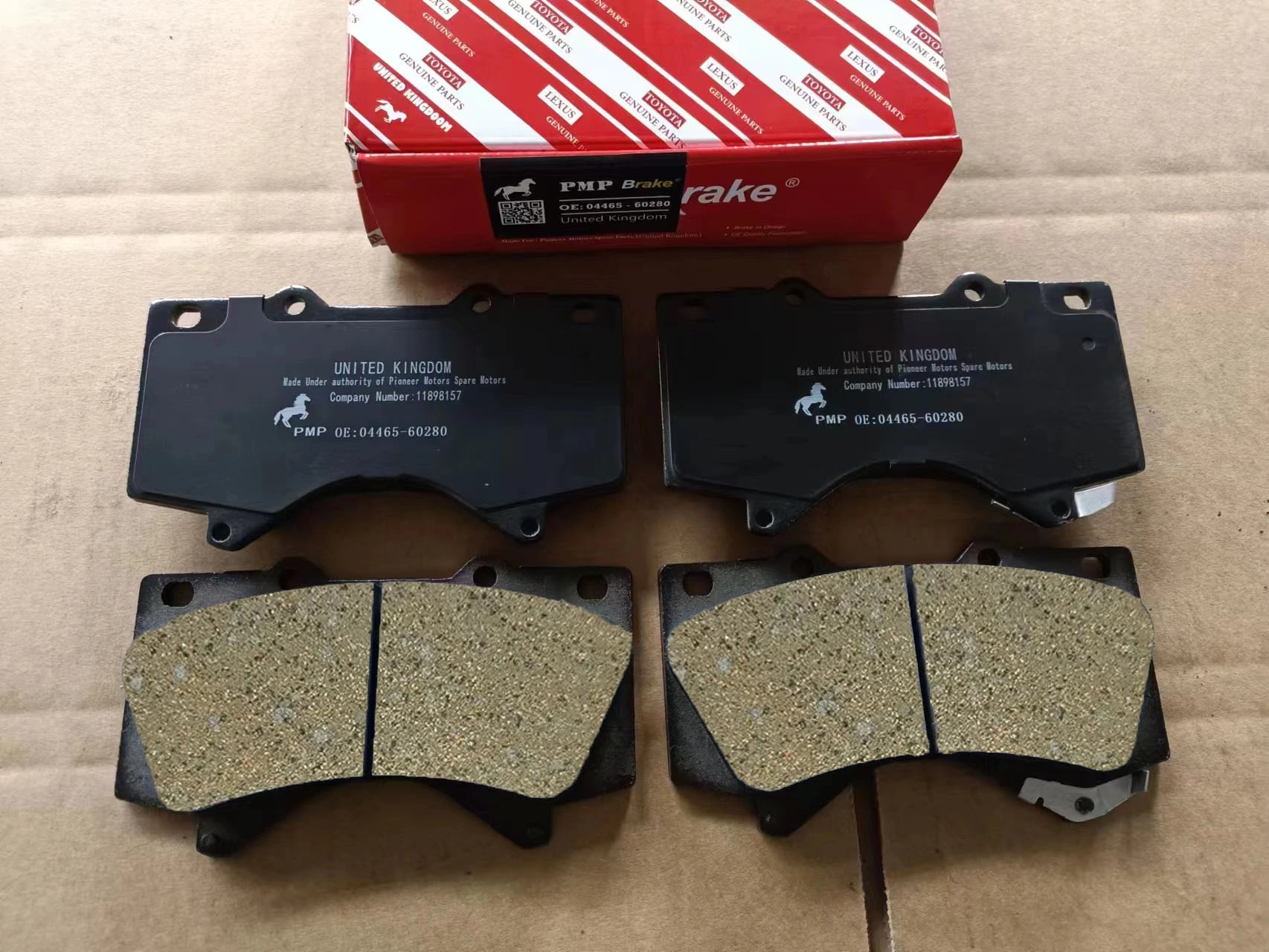
SEMIMETALLIC BRAKE PADS
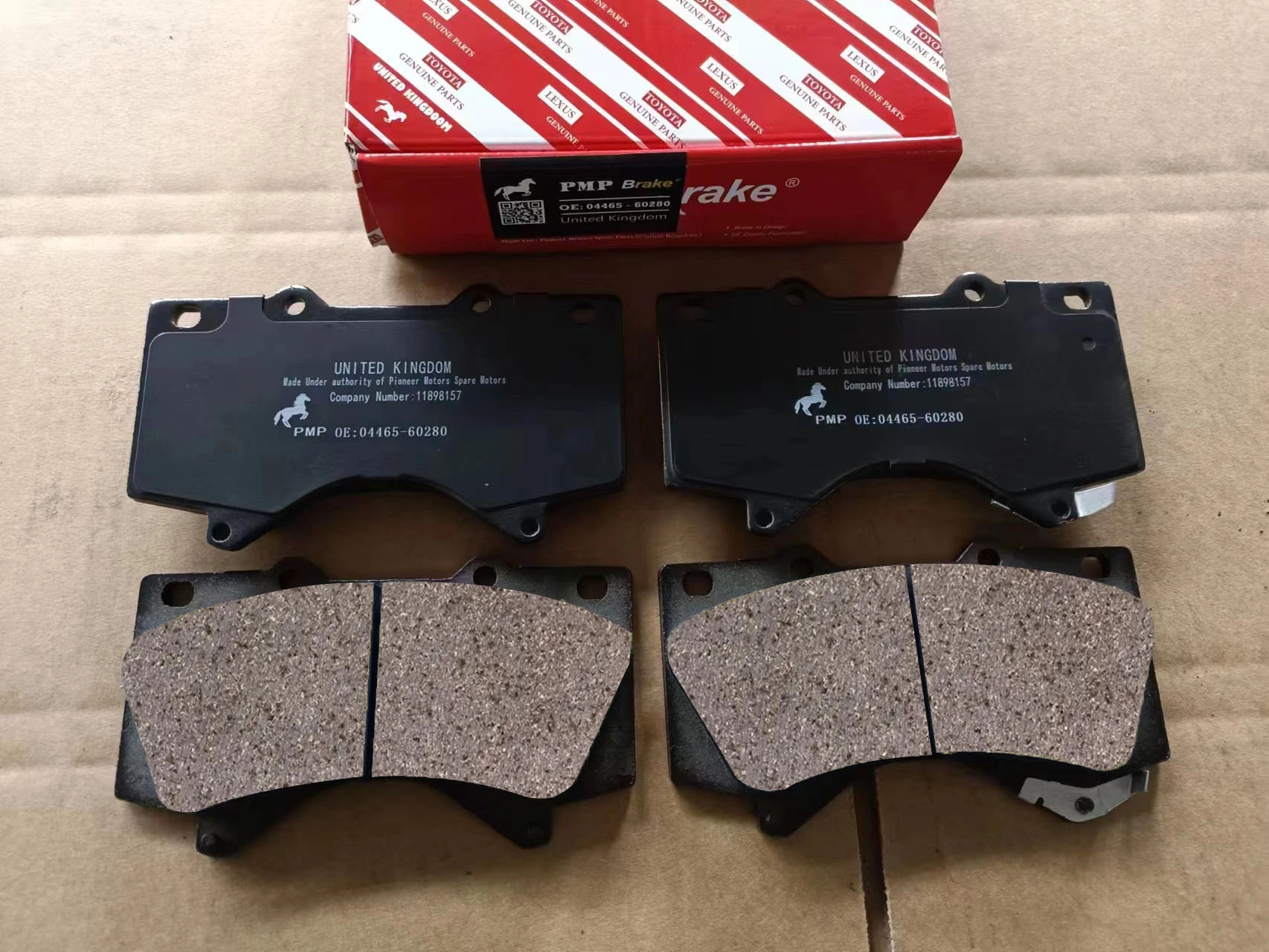
How Low Metallic Brake Pads Are Different ?
Traditional brake pads typically contain high amounts of metal, like copper fibers, steel fibers, and other metals that aid in heat dissipation and pad integrity. Low metallic pads, as the name implies, have reduced metal content and instead use more ceramic and carbon fibers.
The key differences between low metallic brake pads and standard pads are:
Lower copper content
Copper provides good heat transfer and antioxidation properties in normal brake pads. Low metallic pads contain little to no copper fiber content.
Increased ceramic and carbon
With less metal, low metallic pad compound relies more heavily on ceramic and carbon fibers. These provide friction and integrity while reducing brake dust.
Lower levels of steel and other metals
Steel wool fibers are common in semi-metallic pads but minimized in low metallic varieties. Other alloy metals are also reduced.
The overall result is a pad with less metallic content that still provides effective braking power. The tradeoff is potentially less heat dissipation, but low metallic pads offset this with specifically engineered compounds using more ceramics.
SEMIMETALLIC BRAKE PADS
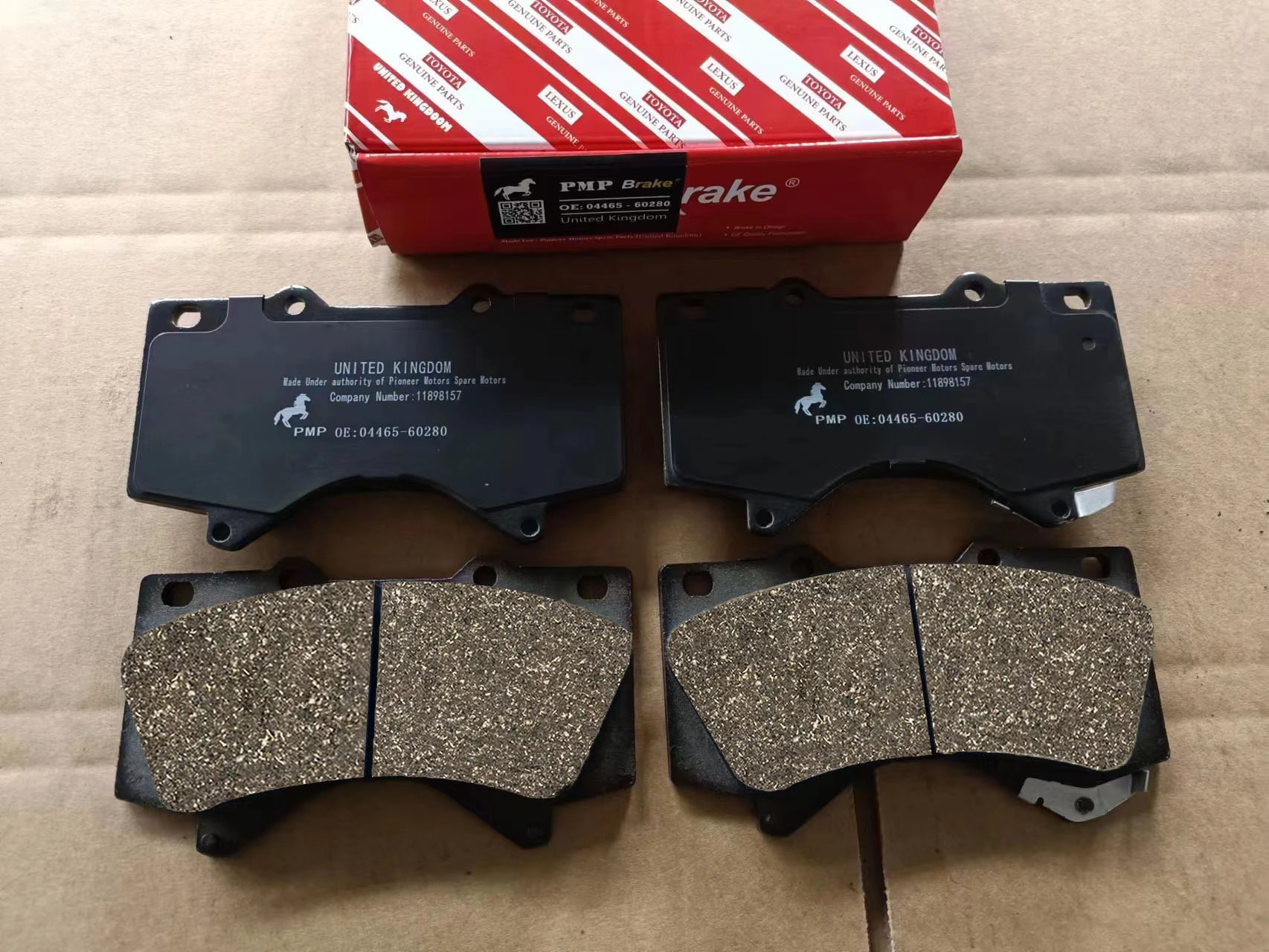
SEMIMETALLIC BRAKE PADS
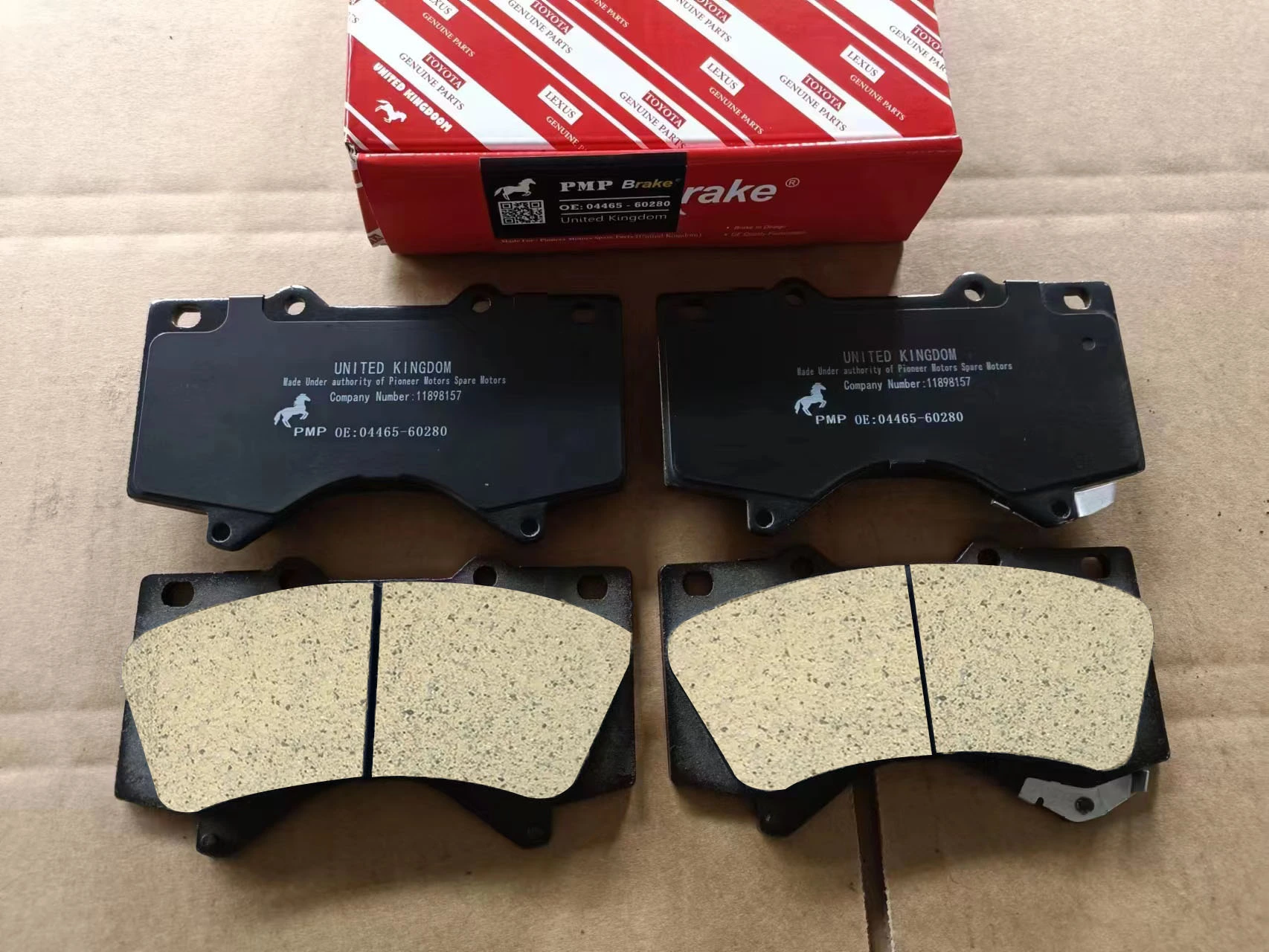
Benefits of Low Metallic Pads
Low metallic brake pads offer several advantages over standard semi-metallic pads:
Less Dust:
Low metallic pads generate significantly less brake dust than semi-metallic pads. This keeps your wheels cleaner and reduces the need for frequent cleaning. The reduction in brake dust also minimizes the dust buildup on calipers and rotors.
Quieter Braking:
The unique composition of low metallic pads results in less noise and squealing during braking. This provides a quieter, more comfortable driving experience. The organic compounds used dampen vibrations and minimize brake squeal.
Less Rotor Wear:
Low metallic pads are easier on rotors compared to semi-metallic pads. The reduced abrasiveness leads to less scoring and grooving on the rotor surface, extending the life of your rotors. Less rotor wear also results in smoother, more consistent braking performance.
The low copper content and use of organic substances like rubber, glass and Kevlar fibers make low metallic pads gentler on rotors while still providing the stopping power you need. By generating less dust and noise while decreasing rotor wear, low metallic brake pads offer noticeable benefits for many drivers.
SEMIMETALLIC BRAKE PADS
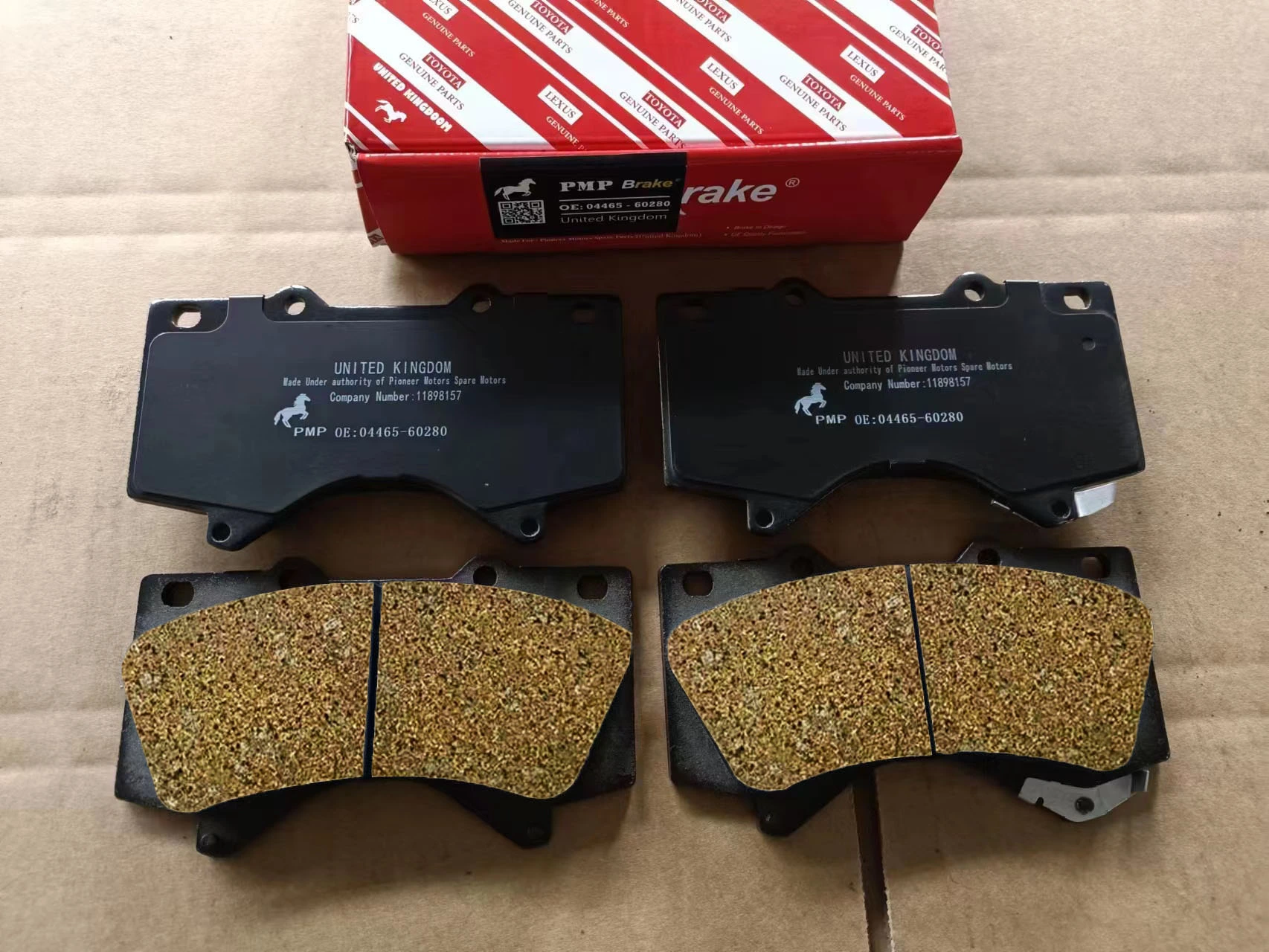
SEMIMETALLIC BRAKE PADS

Disadvantages of Low Metallic Pads
Low metallic brake pads have some downsides compared to pads with higher metal content:
Less heat tolerance
The organic friction material used in low metallic pads doesn't handle heat as well. Under high heat from repeated hard braking, the pads can start to fade and lose stopping power.
Less stopping power
With less metal to aid in friction, low metallic pads typically don't provide as much braking force and bite as semi-metallic or full metallic pads. Stopping distances may be longer.
Shorter pad life
The softer organic compounds wear more quickly than metallic pads. Low metallic pads will likely need to be replaced more often than other pad types. Frequent drivers in high use conditions may not get the mileage they desire from low metallic pads.
So while low metallic pads have benefits like low dust and noise, their tradeoffs are reduced performance when braking. Drivers who want maximum stopping power and longevity may want to consider other pad compositions. But low metallic pads can be a good choice for normal street driving that doesn't generate high heat levels.
Best Uses for Low Metallic Pads
Low metallic brake pads are best suited for light-duty vehicles that are not subject to frequent heavy braking. Here are some of the most common applications where low metallic pads excel:
Daily Drivers
For most passenger cars and light trucks used for daily commuting and around-town driving, low metallic pads are a great choice. They provide the right blend of quiet operation, long pad life, and effective everyday braking. The organic materials in low metallic pads keep them quieter than semi-metallic pads, making them ideal for daily drivers.
Light Duty Vehicles
Low metallic pads are recommended for light duty pickup trucks, SUVs, crossovers and minivans that are not used for towing or hauling heavy loads. For these vehicles that only occasionally carry heavier loads, low metallic pads can still provide adequate braking without excessive noise or dust.
Cars Not Used for Towing or Hauling
For any vehicle that is not used for towing trailers, boats, etc., low metallic pads are suitable. They do not require the extreme heat resistance and longevity of semi-metallic pads. As long as the vehicle is not frequently used for carrying/hauling heavy loads, low metallic pads will perform well.
By avoiding low metallic pads in heavy duty applications, drivers can benefit from their advantages while minimizing their limitations. Focusing on daily drivers and light duty vehicles allows low metallic brake pads to deliver quiet, clean, long-lasting braking performance.
Pad Composition
Low metallic brake pads typically contain a blend of various friction materials that provide the optimal braking performance while minimizing noise and dust. Here are the main ingredients found in most low metallic pads:
Ceramic
This is one of the defining ingredients in low metallic pads. The ceramic material ranges from 30-65% in most pads. It helps reduce noise while providing stable braking power.
Carbon
Various forms of carbon make up 15-40% of low metallic pads. Carbon aids in heat dissipation and keeping brakes cool. It also contributes to low dust.
Rubber
Most pads contain 5-20% rubber, which assists with noise dampening. The rubber bonds the pad material together.
Metal
While low in metal, most pads do contain 3-10% metallic material. This is usually in the form of copper fibers or minute amounts of steel wool. The metal helps with heat transfer.
The precise blend varies by brand and application. But the key is minimizing the metallic content to typically less than 10% while utilizing ceramics, carbon, and rubber to reduce noise, braking fade, and dust. This optimal balance is what defines quality low metallic brake pads.
Installing Low Metallic Pads
Installing low metallic brake pads is a straightforward process, but there are some tips and precautions to keep in mind for optimal safety and performance.
Step-by-Step Process
1. Lift the vehicle and secure it on jack stands. Remove the wheels to access the brake calipers and pads.
2. Locate the caliper bolts that hold the caliper in place. Remove these bolts and detach the caliper from the caliper bracket. Hang the caliper out of the way using a bungee or piece of wire. *Do not* let the caliper hang by the brake hose.
3. Remove the pad pin bolts and slide out the old brake pads. Note the orientation of the pads for reinstallation.
4. Clean any debris or dust from the caliper bracket. Inspect the brake rotors - resurfacing or replacing may be needed if they are heavily grooved or uneven.
5. Install the new low metallic pads in the same orientation as the old pads. Make sure the pad ears are flush in the caliper bracket.
6. Replace the pad pin bolts and torque them to spec. Do not overtighten.
7. Remount the caliper and install new caliper bolts. Torque the caliper bolts to spec.
8. Repeat steps for the remaining wheels.
9. Pump the brake pedal several times until firm pressure is achieved before driving.
Tips and Precautions
- Always replace pads in axle sets. Do not just replace one side.
- Lubricate pad mounting hardware and caliper slides with brake lubricant to prevent sticking.
- Do not use compressed air to clean the brake assembly. This can damage the pads.
- Be careful not to contaminate the pads with oil, grease or skin oils during handling. This reduces stopping power.
- Break-in new pads with a series of light stops to allow the pads to properly seat to the rotors. Avoid heavy braking at first.
Following proper installation procedures and precautions will ensure optimal braking performance and safety with your new low metallic brake pads. Consult a shop manual for your vehicle's torque specs if needed.
Maintaining Low Metallic Pads
Proper maintenance is key to getting the most out of your low metallic brake pads. Here are a few things to keep in mind:
Check pad thickness regularly
Use a caliper to measure the thickness of each pad. Compare to the new pad thickness specifications. Generally pads should be replaced when they reach 3 mm or less.
Watch for wear indicators
Many pads have built-in wear indicators that make a squealing noise when the pad material is getting low. This is your signal to inspect the pads and potentially replace them.
Lubricate caliper slides and hardware
The caliper slides and hardware should be cleaned and lubricated as part of a brake inspection. This allows the caliper to operate smoothly and apply consistent pressure. Use silicone brake lubricant specifically designed for brakes. Avoid getting lubricant on the pad friction surface.
Regular inspections and scheduled maintenance will maximize the life and performance of your low metallic brake pads. Follow the manufacturer's recommendations for inspection intervals. Catching issues early prevents more extensive brake repairs down the road.
When to Replace Low Metallic Pads?
Low metallic brake pads typically have a thinner friction material than semi-metallic or ceramic pads. This means they wear down faster under hard use. Experts recommend replacing low metallic pads once they reach 3mm or less in thickness. This helps ensure optimal braking performance and safety.
Low metallic pads also tend to squeal or vibrate when they get low on friction material. Squeaking, squealing or vibrations when braking are signs that the pads should be inspected and likely replaced. Don't ignore these audible wear indicators.
Finally, some low metallic pad brands have visual wear indicators built into the pad. These are grooves or notches on the pad surface that become visible when the pad material is low. If you see the visual indicators exposed, that means it's time for new pads.
Replacing low metallic pads regularly as they wear down ensures maximum braking power, reduces brake fade, and prevents damage to rotors. Follow the 3mm minimum thickness rule, listen for squeals and vibrations, and watch for visual wear indicators to know when to swap in fresh low metallic pads. Don't wait until the pads are fully worn as that can be dangerous. Be proactive with replacements for optimal safety and performance.






